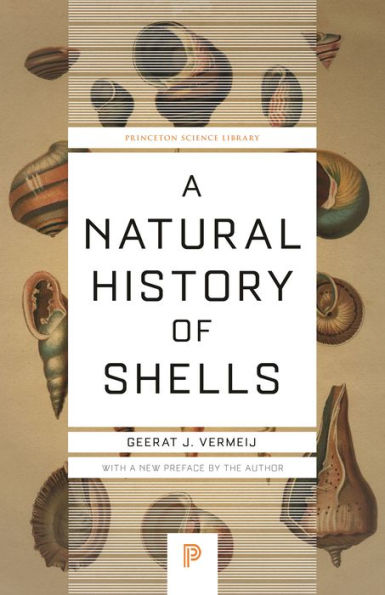Geerat Vermeij wrote this "celebration of shells" to share his enthusiasm for these supremely elegant creations and what they can teach us about nature. Most popular books on shells emphasize the identification of species, but Vermeij uses shells as a way to explore major ideas in biology. How are shells built? How to they work? And how did they evolve? With lucidity and charm, the MacArthur-winning evolutionary biologist reveals how shells give us insights into the lives of animals today and in the distant geological past. And, in a new preface, Vermeij tells how a childhood love of collecting seashells in his native Holland sparked a lifelong passion for natural history and science.
Geerat Vermeij wrote this "celebration of shells" to share his enthusiasm for these supremely elegant creations and what they can teach us about nature. Most popular books on shells emphasize the identification of species, but Vermeij uses shells as a way to explore major ideas in biology. How are shells built? How to they work? And how did they evolve? With lucidity and charm, the MacArthur-winning evolutionary biologist reveals how shells give us insights into the lives of animals today and in the distant geological past. And, in a new preface, Vermeij tells how a childhood love of collecting seashells in his native Holland sparked a lifelong passion for natural history and science.

A Natural History of Shells
236
A Natural History of Shells
236
Product Details
| ISBN-13: | 9780691229249 |
|---|---|
| Publisher: | Princeton University Press |
| Publication date: | 09/28/2021 |
| Series: | Princeton Science Library , #123 |
| Pages: | 236 |
| Product dimensions: | 5.50(w) x 8.50(h) x (d) |
